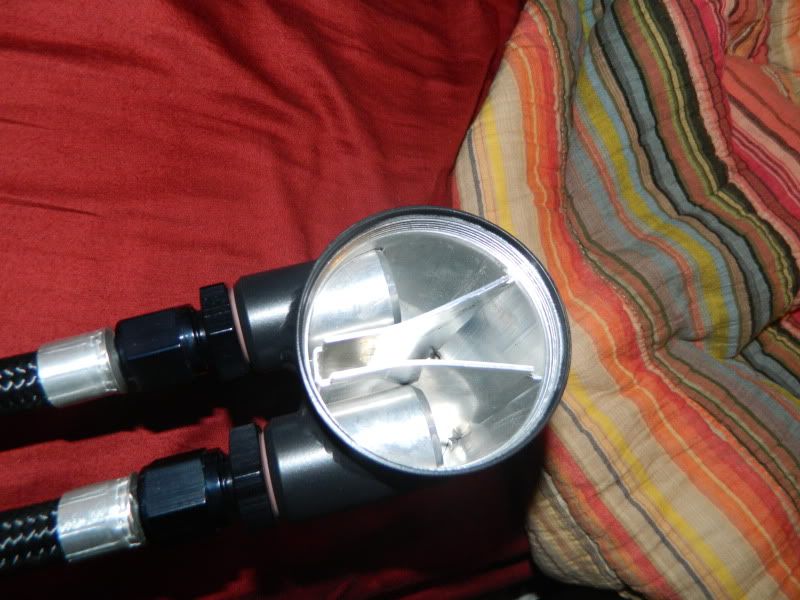
Originally Posted by
Charles.waite

No I get that part. I guess whats confusing to me is that the factory PCV valve provides the function of ensuring the crankcase doesn't see excess pressure, allowing the valve cover gasket to leak and whatnot. The BSH bypass solution just completely ignores that function and it seems like BFI catch can doesn't re-implement that necessary feature. I mean its pretty obvious, to me, that that is likely the issue here. I guess I just get why people ignore the necessity to avoid excess pressure in the, which despite its faults, the OEM valve regulates just fine. Again, I'm not saying the OEM solution is ideal, since its very prone to failure, I just don't think the BSH solution is better without some re-engineering to accomodate crankcase pressure regulation.
I'm not familiar with your solution Lazlo so I can't comment on it directly. Do you guys address the crankcase pressure regulation issue?
The factory valve cover and PCV design has two ways to ventilate the crankcase:
- The breather tube going to the compressor inlet. This is always at or below atmospheric pressure, and allows for crankcase ventilation. Some years have a check valve in this tube.
- The breather tube going to the intake manifold.This only allows crankcase ventilation when the intake manifold is at or below crankcase pressure, which requires the use of a check valve. The OEM one is failure prone, as discussed earlier.
If you block off either one, all of the crankcase ventilation is facilitated through the other breather tube.
The problem with simply blocking off the PCV breather assemble going from the valve cover to the intake manifold without a catch can is that you end up with no way to separate oil and water vapor from the crankcase gasses, and end up with a ton of oil, water, and fuel going through your turbo and pooling up in your intercooler(s).
Our catch can kit eliminates the intake manifold breather provision, and uses a "vortex" style catch can to separate the oil and water vapor from the crankcase gasses, before routing the expelled gasses back to the valve cover, and then to the turbo inlet. The port that we use on the valve cover features an internal passage to the breather tube at the compressor inlet.















 Reply With Quote
Reply With Quote







Bookmarks